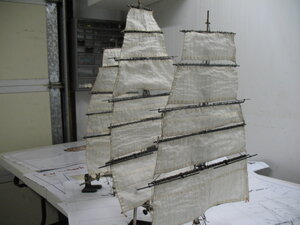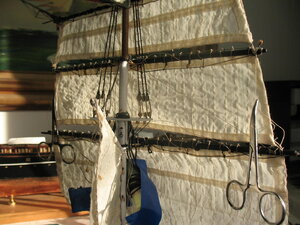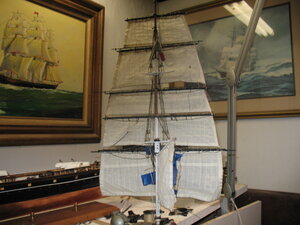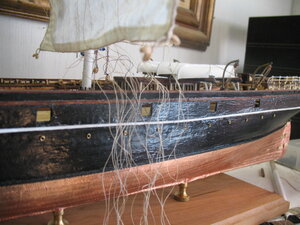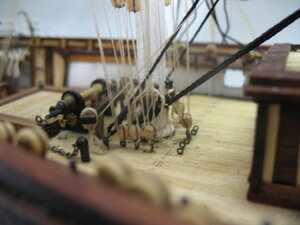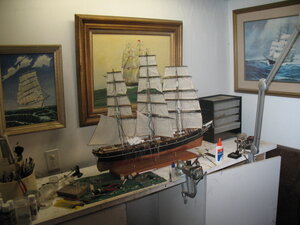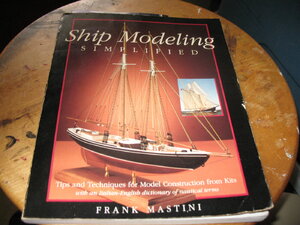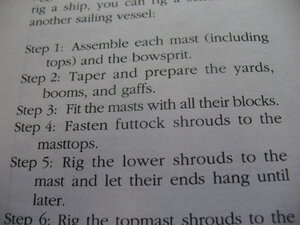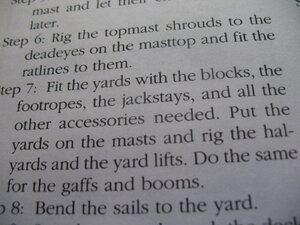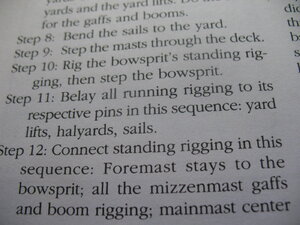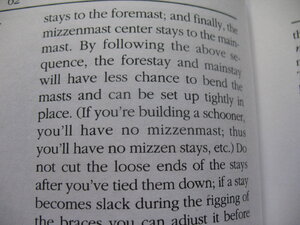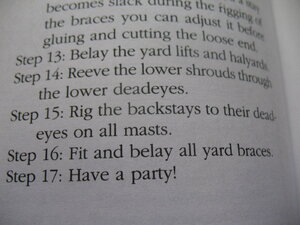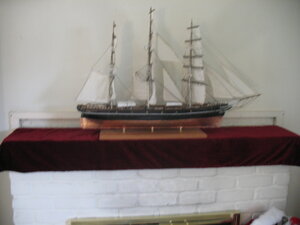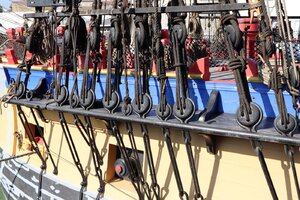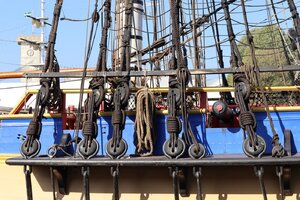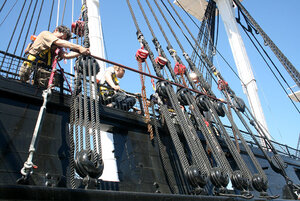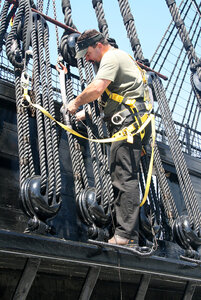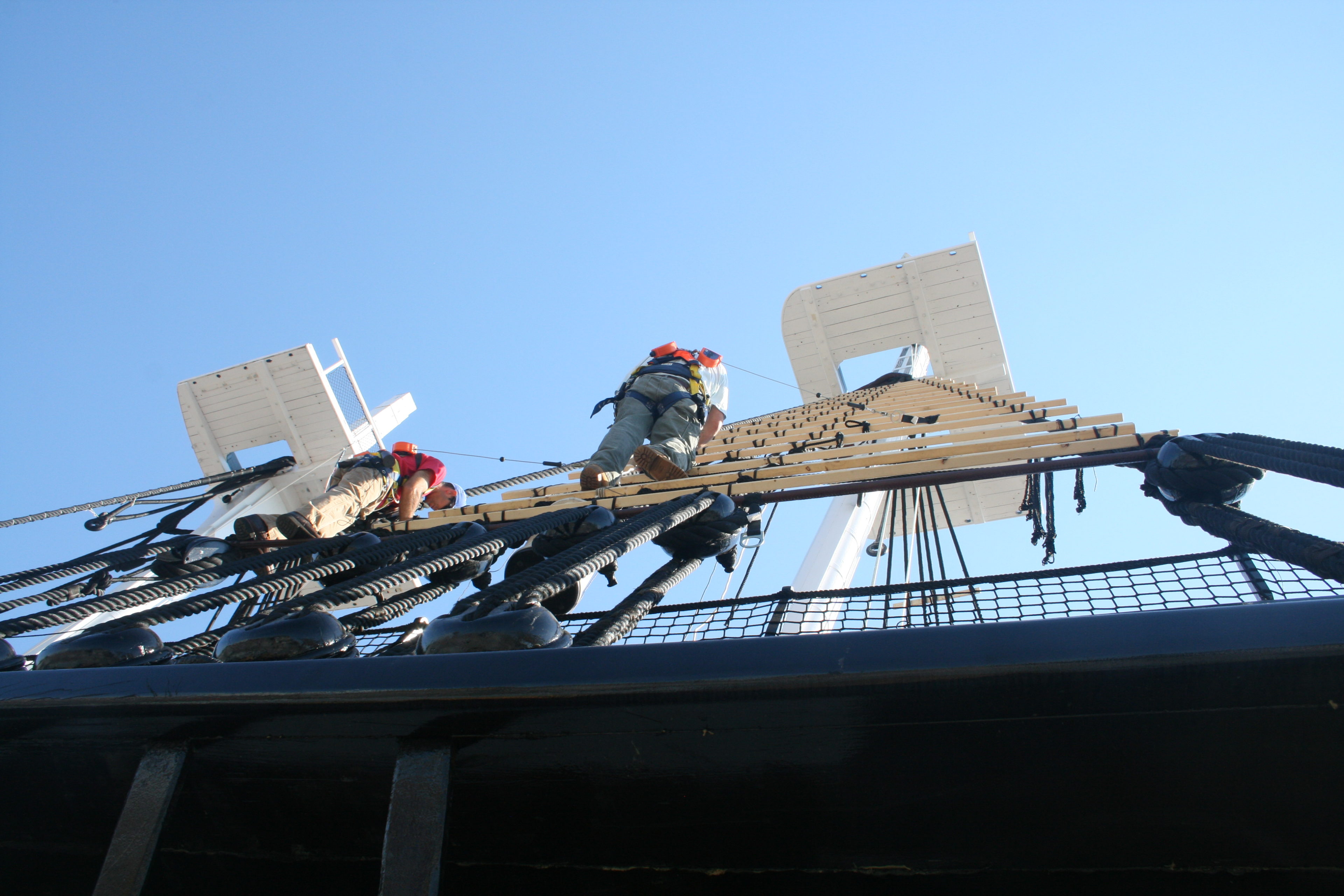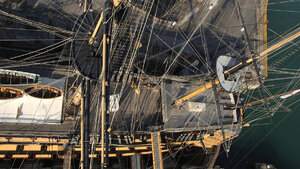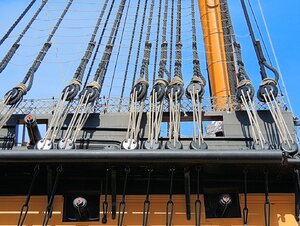Some wisdom of experience required please!
I am almost at the stage of starting the rigging. Mantua's instruction manual is not necessarily the most helpful.
I have seen build logs where the masts have been stepped bare, then standing rigging added in situ, and others recommending adding as much rigging to the masts as possible on the bench before stepping. My hunch is that the latter gives more angles of approach for things like blocks hanging under mast tops and access to parrals, jeers etc. what are the pros and cons of both approaches?
Thanks folks, this learning curve sure has a gradient!
I am almost at the stage of starting the rigging. Mantua's instruction manual is not necessarily the most helpful.
I have seen build logs where the masts have been stepped bare, then standing rigging added in situ, and others recommending adding as much rigging to the masts as possible on the bench before stepping. My hunch is that the latter gives more angles of approach for things like blocks hanging under mast tops and access to parrals, jeers etc. what are the pros and cons of both approaches?
Thanks folks, this learning curve sure has a gradient!






